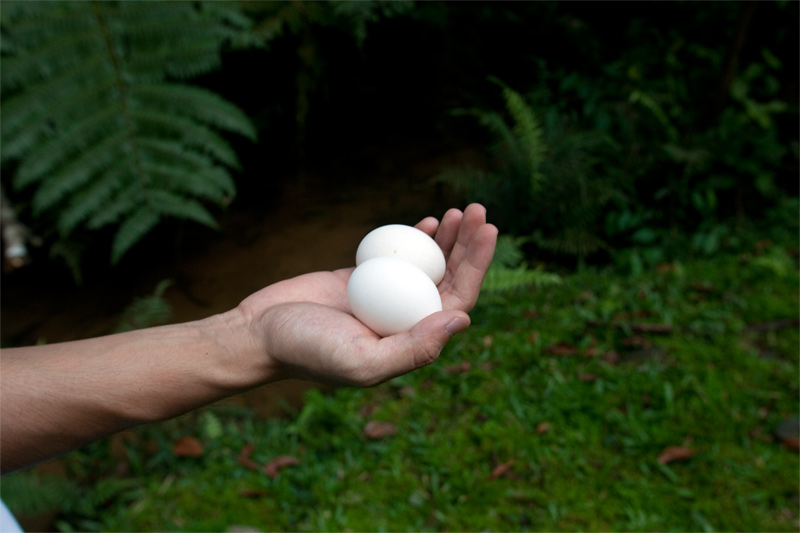All images by the ICZ
An uncertain wilderness
posted by Matsuo, on 11/10/2009
Pölking highlighted that 99.9% of all nature depictions are photographs today and it is important to keep this depictions authentic and not doctored in anyway so that we would still have a confidence in nature photography. (Pölking, 1998)
I doubt that there is still a bit of trust left with documentary images and their producers in our society today. The inherent mode which we encounter them has been one of doubt (Steyrl 2007). If we no longer can believe in the documentary image for what it tries to represents, what useful purpose do they serve? What are the consequences when we grab the meanings of these documents/images/photographs for our own discourses without first understanding their true nature?
As Allan Sekula observes in Reading An Archive: Photography Between Labour And Capital, ”Not only are pictures in archives often literally for sale, but their meanings are up for grabs.” (Sekula, 1987)
Polking offers a whimsical solution by suggesting to caption all wildlife images with a provenance of production, “Authentic wild”,”Controlled conditions”, ”Authentic natural - not composed”, ”Captive” or “Photomontage” to preserve the integrity of nature images. (Pölking, 1998)
I am not sure if giving more provenance to an image provides a more authentic reading. Are we not already very sure that images are untrustworthy?
By captioning images with their mode of production, we may add a layer of transparency and destabilising element to the image. The more we try to deconstruct the nature of the documentary image, the less we are able to comprehend. Steyerl proposes that the aesthetic of documentary images remains uncertain for interpretation and uneasy for representation, reflecting our relationship with documentary images and the contemporary world, which is one of uncertainty. (Steyerl 2007)
Constructing and reading realities seems to be intermingled and indifferent. Like Steyerl suggested, we should simply accept the uncertainty of representations as the core element of any representation of the real. As endless and instantaneous documents pours into our daily reality, the analysis of a ‘real event’ and its representation becomes increasingly difficult.
I believe that not only is the aesthetic of the image uncertain, but our reactions and readings should remain uncertain before we construct any discourses beyond its representation. I remain concerned about the consequences of these discourses and am not able to offer an answer to this question.
I am beginning to see my motivation as not necessarily that of an archivist but more of an artist obsessed with the idea of being an archivist. I become hyper-aware of my roles and obsessed with the documents I handle, which may lead to an imagination or interrogation of what is perceived as real. The archives of the ICZ remain one of the few places which my concerns can be experimented, produced and mapped out in a systematic and formal way.
Information isn’t memory, and it does not accumulate and store for memory’s sake. It works exclusively for its own profit, which depends on the prompt forgetfulness of everything clearing the way for the sole, and abstract, truth of the present to assert itself and for information to cement its claim to being alone adequate to that truth.
—Jacques Rancière, Film Fables
 Fish in eggs, Small pond in French Alps, 2006, Matsura. A
Fish in eggs, Small pond in French Alps, 2006, Matsura. A
Pölking, F.(1998) The Art of Wildlife Photography. London. Fountain Press
Sekula, A (1987) Reading an Archive: Photography between Labour and Capital, in Wallis B. ed. Blasted Allegories: An Anthology of Writings by Contemporary Artists. Cambridge, Massachusetts. Mit Press.
Steyerl, H (2007) “Documentary uncertainty” in A Prior Magazine. [Internet]. 2007.
Copyright 2010, Institute of Critical Zoologists